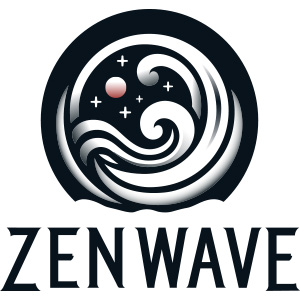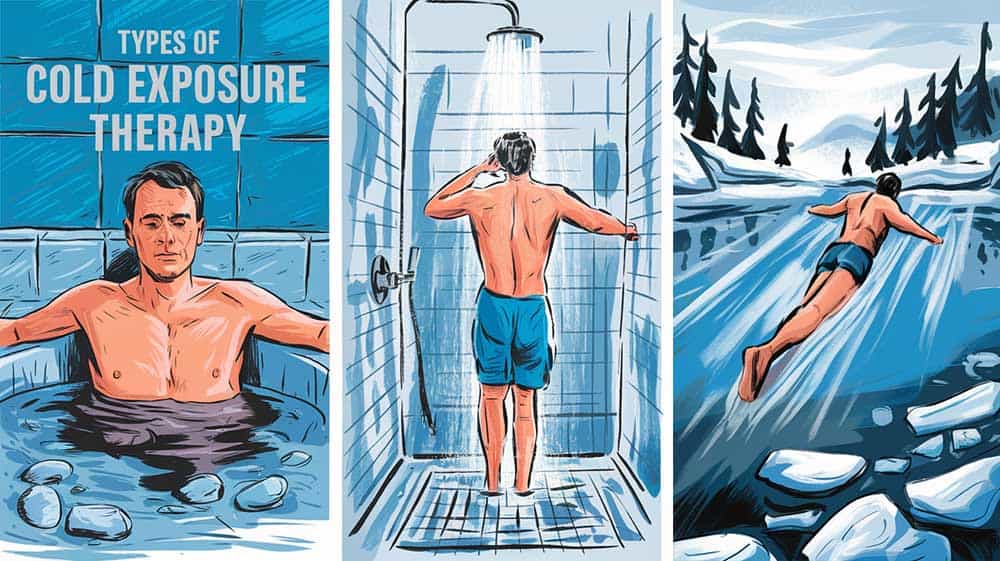Cold exposure therapy, once considered a fringe practice, has surged into the mainstream of health and wellness. Both anecdotal reports and a growing body of scientific research suggest that controlled exposure to cold temperatures may offer a range of benefits, from reducing inflammation to improving mood and boosting metabolism.
This isn’t just about athletes ice-bathing after intense workouts anymore; people from all walks of life are exploring various methods of cold therapy. From the extreme chill of cryotherapy chambers to the simple practice of cold showers, there’s a spectrum of approaches to suit different needs and comfort levels.
This guide explores 11 distinct cold exposure methods, examining their potential benefits, practical considerations, and the science behind why temporarily forsaking comfort might lead to improved wellbeing.
1. Ice Baths
Ice baths, also known as cold water immersion, involve submerging the body in water cooled to 50-59°F (10-15°C) or colder for a short period, typically 3-15 minutes. This method exposes the entire body to cold temperatures, triggering various physiological responses and a quite a few health benefits.
Ice baths offer several advantages over other cold exposure methods. Unlike localized techniques such as cold compresses, they provide full-body exposure. Ice baths generally offer higher intensity than cold showers or face plunges, potentially leading to more pronounced effects. Some ice bath setups also provide a controlled environment with precise temperature regulation, making them safer than outdoor cold water swimming. Compared to cryotherapy, ice baths are more accessible and affordable, though less extreme in temperature. They also provide more consistent and intense cold exposure than cold showers.
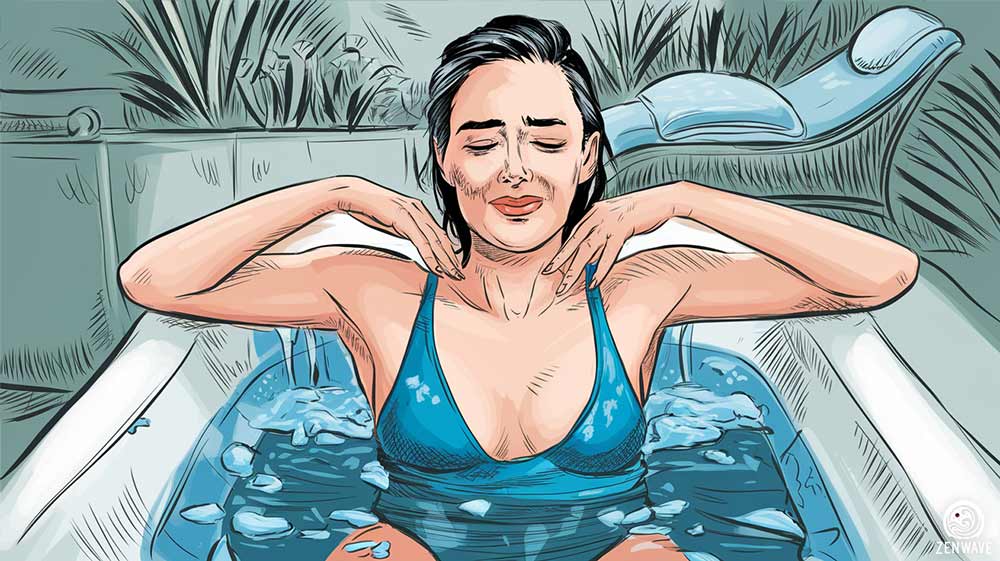
Ice baths have some drawbacks:
- They can be quite uncomfortable, especially for beginners.
- Without a dedicated setup, they can be more time-consuming to prepare than methods like cold showers. Fortunately, budget-friendly options like the Zenwave Ice Pod are now available, making dedicated ice baths more accessible and affordable.
For those interested in trying ice baths, consider starting with warmer temperatures (around 59°F) and gradually decrease. Begin with shorter durations (3-5 minutes) and slowly increase. Always have someone nearby during your first few sessions, and exit the bath if you experience extreme discomfort or shivering.
Necessary gear includes a cold plunge tub or bathtub, thermometer, ice or water chiller, timer, warm clothes for after, and a non-slip mat for safety when entering/exiting.
2. Cold Showers
Cold showers involve exposing the body to cold water while showering for a short duration, usually 30 seconds to 5 minutes. This method can be easily incorporated into daily routines, providing a convenient form of cold exposure therapy.
Cold showers offer several benefits compared to other cold exposure methods. They are highly accessible, requiring no special equipment beyond a standard shower. They also provide a gentler introduction to cold therapy, making them ideal for beginners. Compared to methods like cryotherapy or ice baths, cold showers are less intense and may have milder physiological effects. However, they are more practical for daily use and can be easily integrated into existing hygiene routines.
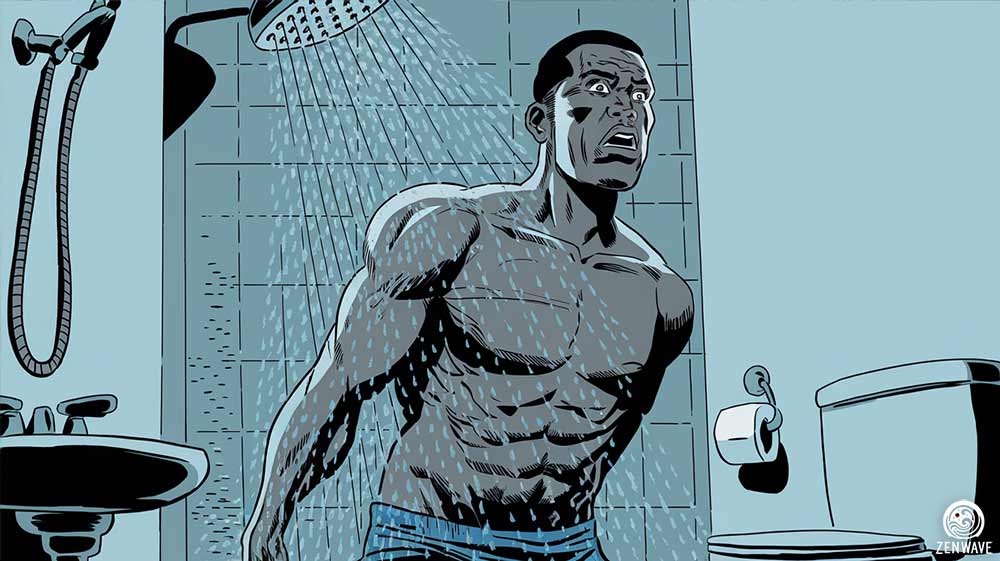
The main drawback of cold showers:
- Inconsistent water temperature, especially in regions with varying seasonal temperatures.
- They may also be less effective for deep muscle recovery compared to more intense methods like ice baths.
For those interested in trying cold showers, start with a normal warm shower and gradually decrease the temperature. Begin with brief cold exposures (15-30 seconds) at the end of your shower and slowly increase duration. Focus the cold water on large muscle groups and major blood vessels, such as the legs, arms, and torso.
Remember to breathe steadily and deeply during the cold exposure to help manage the initial shock.
3. Cryotherapy
Cryotherapy, specifically whole-body cryotherapy (WBC), involves exposing the body to extremely cold temperatures, typically between -166°F to -220°F (-110°C to -140°C), for a very short duration of 2-4 minutes. This method uses cooled air or nitrogen gas in a specialized chamber or cryosauna.
Cryotherapy offers several advantages over other cold exposure methods. It provides the most intense cold exposure in the shortest time, potentially leading to more pronounced physiological effects. The extreme cold can potentially stimulate a more significant release of anti-inflammatory molecules and endorphins than other methods. Unlike ice baths or cold showers, cryotherapy keeps the skin dry, which some find more comfortable. It also allows for consistent, controlled temperatures across sessions.
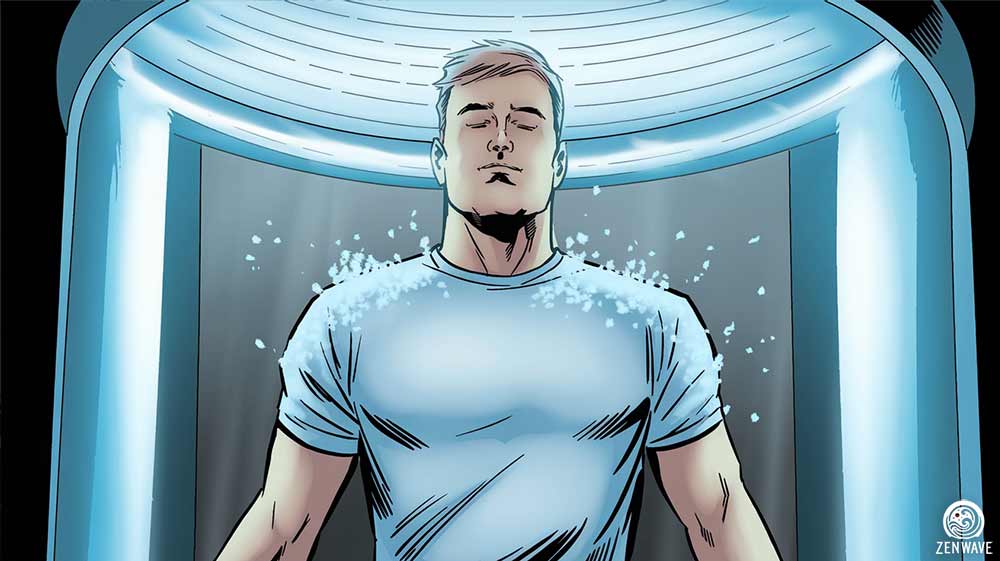
However, cryotherapy has some major disadvantages:
- It’s significantly less accessible than ice baths or cold showers, requiring specialized equipment and trained operators.
- Sessions can be expensive, making regular use cost-prohibitive for many.
- There’s also a higher risk of cold burns if not done properly, and it’s not suitable for everyone due to certain health contraindications.
For those interested in trying cryotherapy, you’ll need to find a reputable facility with trained staff. Wear minimal, dry clothing such as shorts, socks, and gloves to protect extremities. Start with shorter sessions (1-2 minutes) and gradually increase to the full 3-4 minutes as you become accustomed to the cold.
It’s crucial to inform the operator of any health conditions before your session. Stay hydrated and avoid cryotherapy if you have certain conditions like hypertension, heart problems, or Raynaud’s syndrome.
4. Cold Water Swimming
Cold water swimming involves immersing the body in open bodies of water with temperatures typically below 59°F (15°C). Sessions can last from a few minutes to over an hour, depending on water temperature and the swimmer’s experience and acclimatization.
This method offers unique benefits compared to other cold exposure techniques. It combines cold therapy with physical exercise, potentially enhancing cardiovascular health and calorie burn. The natural setting provides mental health benefits, including stress reduction and improved mood. Cold water swimming also offers a social aspect when done in groups, which can increase motivation and enjoyment.
Compared to controlled environments like ice baths or cryotherapy, cold water swimming provides a more varied and challenging experience. The constant movement helps maintain core body temperature, allowing for longer exposure times than static cold therapies.
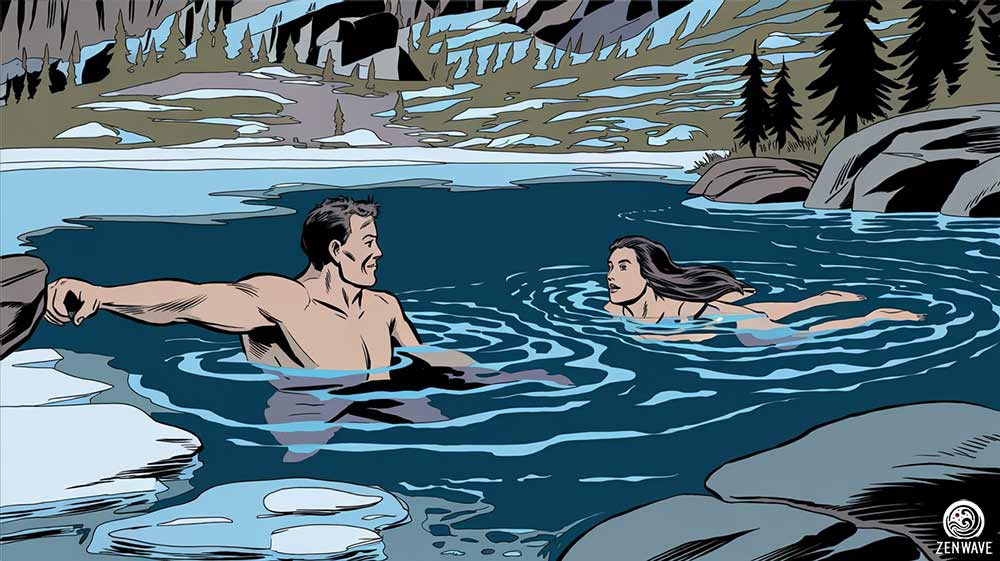
Cold water swimming has some drawbacks.
- It carries higher risks, including hypothermia and drowning, especially for inexperienced swimmers.
- Water quality and safety can be concerns in natural bodies of water.
- Accessibility is limited by geography and season, making it less convenient than home-based methods like cold showers.
For those interested in trying cold water swimming, consider starting in warmer months and gradually adapt to colder temperatures. Begin with brief dips (1-2 minutes) and slowly increase duration. Always swim with a buddy or in supervised areas. Wear a bright swim cap for visibility and consider neoprene gloves and boots for extremity protection.
It’s crucial to acclimatize gradually and listen to your body. Exit the water if you experience extreme shivering or numbness. Warm up slowly after your swim to avoid afterdrop, a potentially dangerous cooling of your core temperature.
5. Cold Air Exposure
Cold air exposure involves spending time in cold ambient temperatures, typically below 50°F (10°C), with minimal clothing. This can be achieved through outdoor activities in cold weather or by creating a cold environment indoors. Duration can range from a few minutes to several hours, depending on the temperature and individual tolerance.
This method offers unique advantages over other cold exposure techniques. It’s highly accessible, requiring no special equipment or facilities. Cold air exposure can be easily incorporated into daily life through activities like winter sports or simply spending time outdoors. It allows for gradual acclimatization and can be tailored to individual comfort levels.
Compared to water-based methods like ice baths or cold showers, cold air exposure is generally perceived as less intense and shocking to the system. It also allows for more movement and activity during exposure, which can help maintain comfort and extend exposure times.
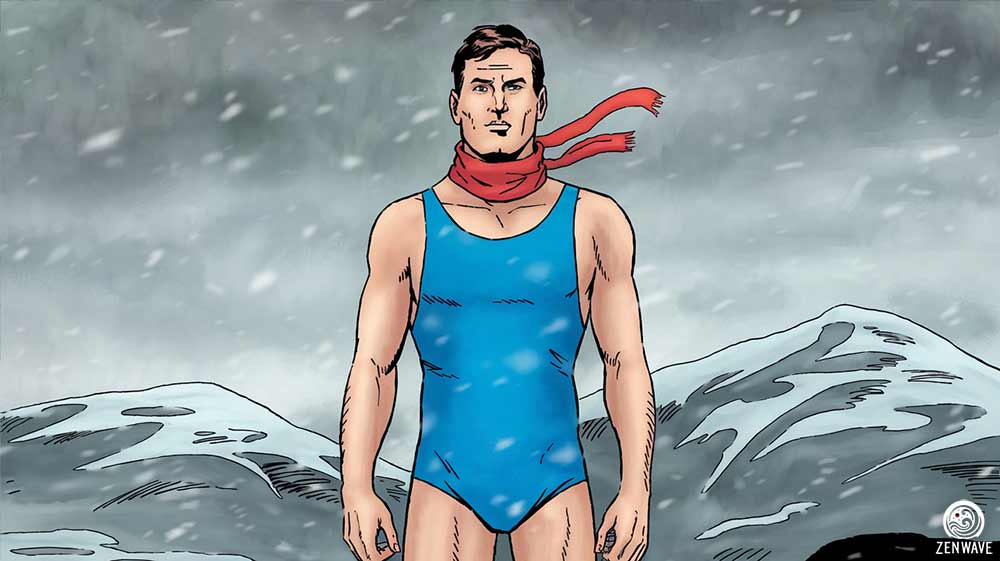
However, cold air exposure has some limitations.
- It’s less controlled than methods like cryotherapy, making it difficult to maintain consistent temperatures.
- The effectiveness can vary based on factors like wind chill and humidity.
- In some climates, it may only be feasible during certain seasons, limiting year-round accessibility.
For those interested in trying cold air exposure, start with short durations (5-10 minutes) in mildly cold temperatures and gradually increase both time and cold intensity. Engage in light physical activity to generate heat and improve comfort. Pay attention to extremities, which are more susceptible to cold damage.
Be aware of signs of hypothermia and frostbite, particularly in extreme cold.
6. Contrast Therapy
Contrast therapy involves alternating between hot and cold temperatures, typically using water immersion or showers. The process usually begins with heat exposure (98-104°F / 37-40°C) for 3-4 minutes, followed by cold exposure (50-59°F / 10-15°C) for 1-2 minutes, repeated for 3-5 cycles. Total session time generally ranges from 15 to 30 minutes.
This method offers unique benefits compared to single-temperature therapies. Alternating temperatures can enhance circulation, potentially improving recovery and reducing inflammation more effectively than cold therapy alone. The temperature variations can create a “pumping” effect in blood vessels, potentially enhancing the removal of metabolic waste products. The warm phases make the therapy more comfortable than pure cold exposure, which may increase adherence for some individuals.
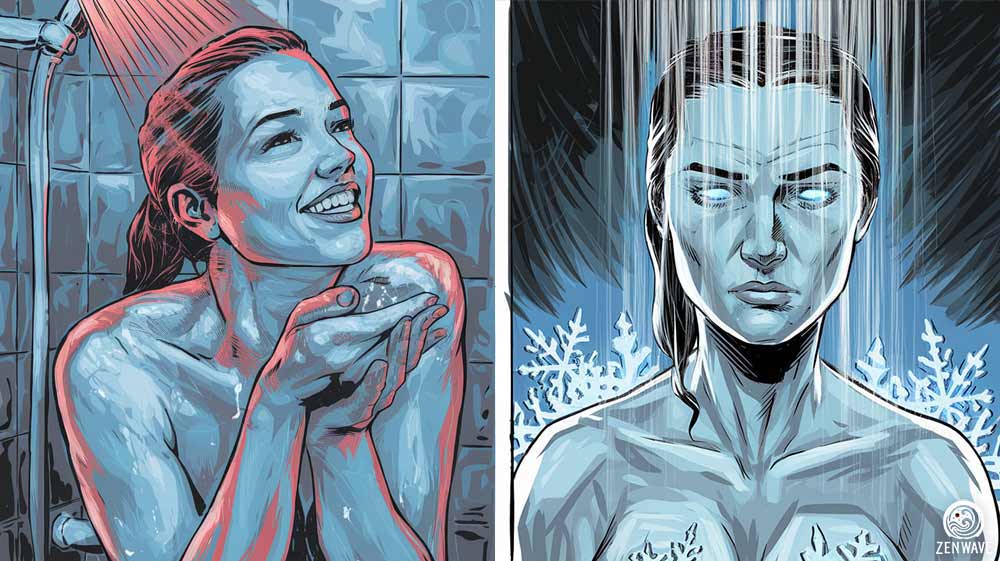
However, contrast therapy has some drawbacks.
- It requires more time and effort than single-temperature methods, as you need to manage temperature changes.
- The varying temperatures may also make it less effective for acute injury management compared to consistent cold application.
For those interested in trying contrast therapy using their shower, start with shorter cycles (2 minutes hot, 30 seconds cold) and gradually increase durations. Pay attention to how your body responds and adjust temperatures as needed for comfort and effectiveness.
It’s important to be cautious with contrast therapy if you have certain health conditions, particularly those affecting blood circulation or temperature regulation. The rapid temperature changes can be stressful on the cardiovascular system, so it’s crucial to consult with a healthcare professional before starting, especially if you have pre-existing health conditions or are pregnant.
7. Cold Water Bucket Pour
Cold water bucket pour involves pouring cold water (typically 50-60°F / 10-15°C) over the body for a brief, intense cold exposure lasting 10-30 seconds. This method is often used in traditional practices like Finnish saunas or as a quick cold therapy option.
Compared to other methods, the bucket pour offers simplicity and accessibility. It requires minimal equipment and can be done almost anywhere with access to cold water. The short duration makes it less intimidating for beginners than longer cold exposures like ice baths.
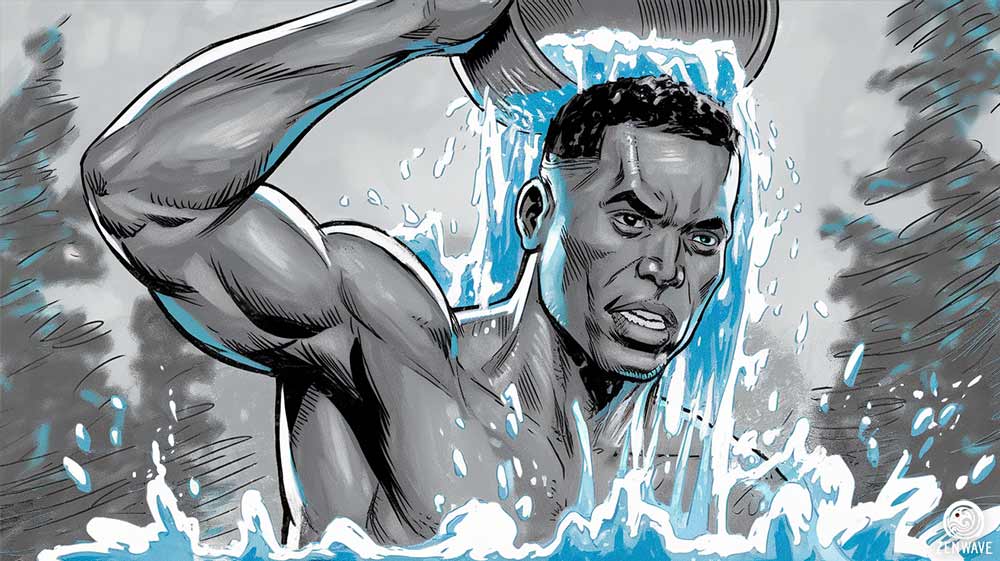
However the mighty bucket also has downsides:
- The short exposure time may limit some physiological benefits compared to longer cold therapies.
- Uneven application of cold water may also be less effective for full-body cold adaptation than immersive methods.
To try this method, start with water around 60°F and gradually decrease temperature over time. Pour water from the feet up to the head, or focus on specific areas like the back or limbs.
Always be cautious of slipping hazards and the potential for shock from sudden cold exposure.
8. Snow Plunge
Snow plunges involve immersing the body in freshly fallen snow or rolling in snow, typically for 30 seconds to 2 minutes. This method offers a unique form of dry cold exposure, with snow temperatures usually ranging from 20°F to 32°F (-6°C to 0°C).
Unlike water-based cold therapies, snow plunges provide a more gradual cooling effect due to snow’s insulating properties. This can make the experience more tolerable for some individuals. The method also offers a full-body exfoliation effect as the snow crystals interact with the skin.

Sadly, natures coldest bath has a couple disadvantages:
- Compared to ice baths or cold showers, snow plunges are highly dependent on weather conditions and may not be accessible year-round in many locations.
- The intensity of cold exposure can vary greatly based on snow consistency and ambient temperature.
To try a snow plunge, start with brief exposures of 30 seconds and gradually increase duration. Choose fresh, clean snow and avoid areas with hidden obstacles. Always have warm, dry clothing and shelter readily available.
9. Cold Water Face Plunge
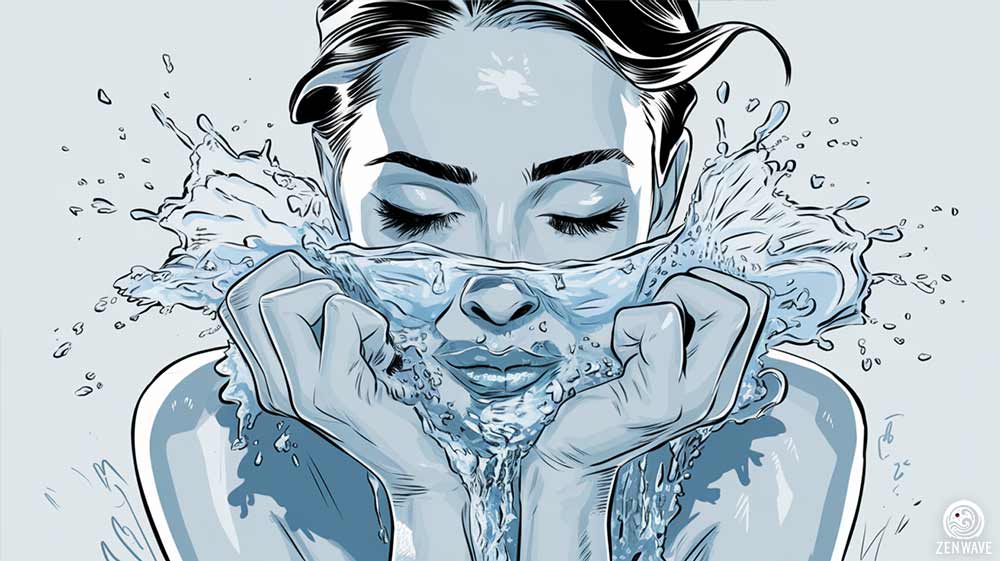
The cold water face plunge involves submerging the face in cold water, typically 50-60°F (10-15°C), for brief periods of 15-30 seconds. This method targets the facial area and stimulates the mammalian diving reflex.
Compared to full-body methods, the face plunge is quick, easy to perform, and requires minimal equipment. It can trigger rapid physiological responses, including slowed heart rate and reduced blood flow to extremities, potentially offering stress-reduction benefits.
While less intense than whole-body immersion, it may not provide the same level of full-body cold adaptation or calorie-burning effects as methods like ice baths or cold water swimming.
To perform a cold water face plunge, fill a basin with cold water and ice to achieve the desired temperature. Take a deep breath, then submerge your face for 15-30 seconds. Repeat 3-5 times with short breaks between plunges.
10. Cooling Vests
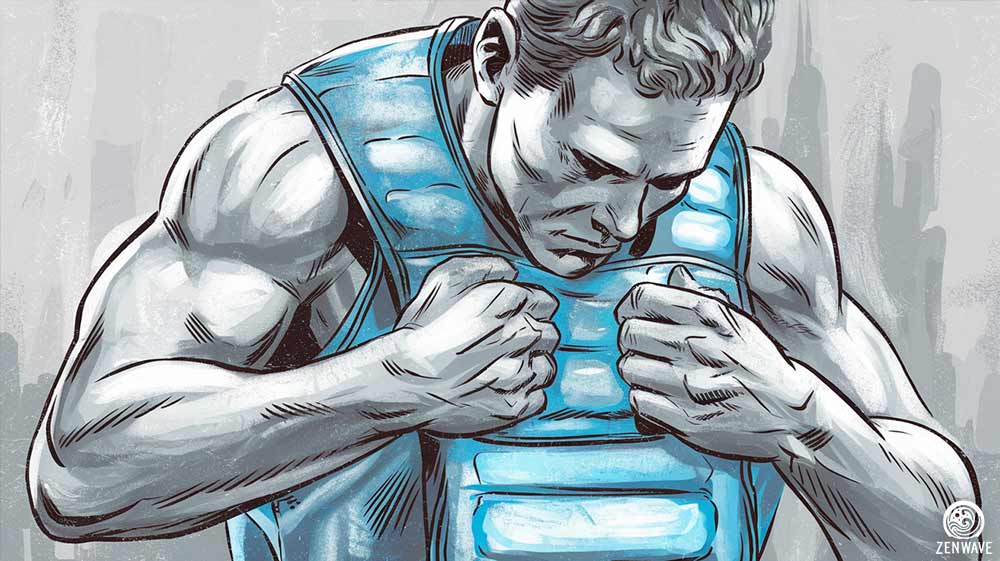
Cooling vests are wearable garments maintaining 55-65°F (13-18°C) against the skin for 1-3 hours. Their main advantage is portability, allowing cold therapy during various activities. They offer more consistent cooling than methods like cold showers or ice packs.
Compared to immersive therapies, cooling vests provide milder, more tolerable cold exposure usable in everyday settings. However, they may not offer the same intensity or full-body effects as immersive methods. Drawbacks include initial cost and need for regular recharging or refreezing.
To use, follow manufacturer’s instructions for activation. Wear over a thin layer of clothing to prevent skin irritation. Start with shorter durations, gradually increasing as tolerated.
11. Cold Compresses or Ice Packs
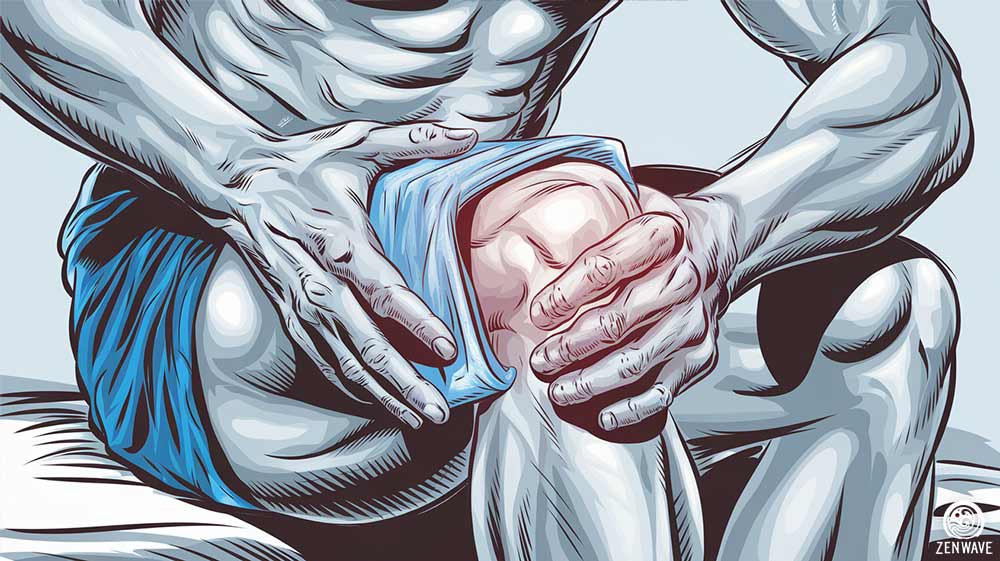
Cold compresses and ice packs provide localized therapy at 32-50°F (0-10°C), applied to specific areas for 15-20 minutes. This method excels in targeting specific areas, ideal for injury treatment or focused therapy. It’s highly accessible, with various commercial products or DIY options available.
Compared to full-body methods, cold compresses offer less systemic impact but greater control over the treated area. They’re more comfortable and less intimidating than whole-body exposure, potentially increasing adherence. The main limitation is the localized nature, which may not provide full-body benefits of immersive methods.
To use, wrap in a thin towel to prevent skin damage. Apply for 15-20 minutes, then remove for at least 2 hours before reapplying. Use commercial ice packs, frozen vegetables, or a mixture of ice and water in a plastic bag.
Avoid direct skin application or extended periods to prevent tissue damage.
Final Thoughts
Cold exposure therapy, in its various forms, offers a range of potential benefits backed by both scientific research and countless personal testimonials. From improved recovery times to enhanced mood and metabolism, the effects can be significant. However, it’s crucial to remember that cold therapy isn’t one-size-fits-all. What works for one person may not be suitable for another.
If you’re considering incorporating cold exposure into your routine, start slowly and listen to your body. Begin with milder methods like cool showers before progressing to more intense techniques. Always prioritize safety, especially when trying methods like ice baths or cold water swimming.
Ultimately, cold exposure therapy is a powerful tool that, when used responsibly, can be a valuable addition to your health and wellness arsenal. As with any new health practice, it’s wise to consult with a healthcare professional before starting, particularly if you have pre-existing health conditions.
